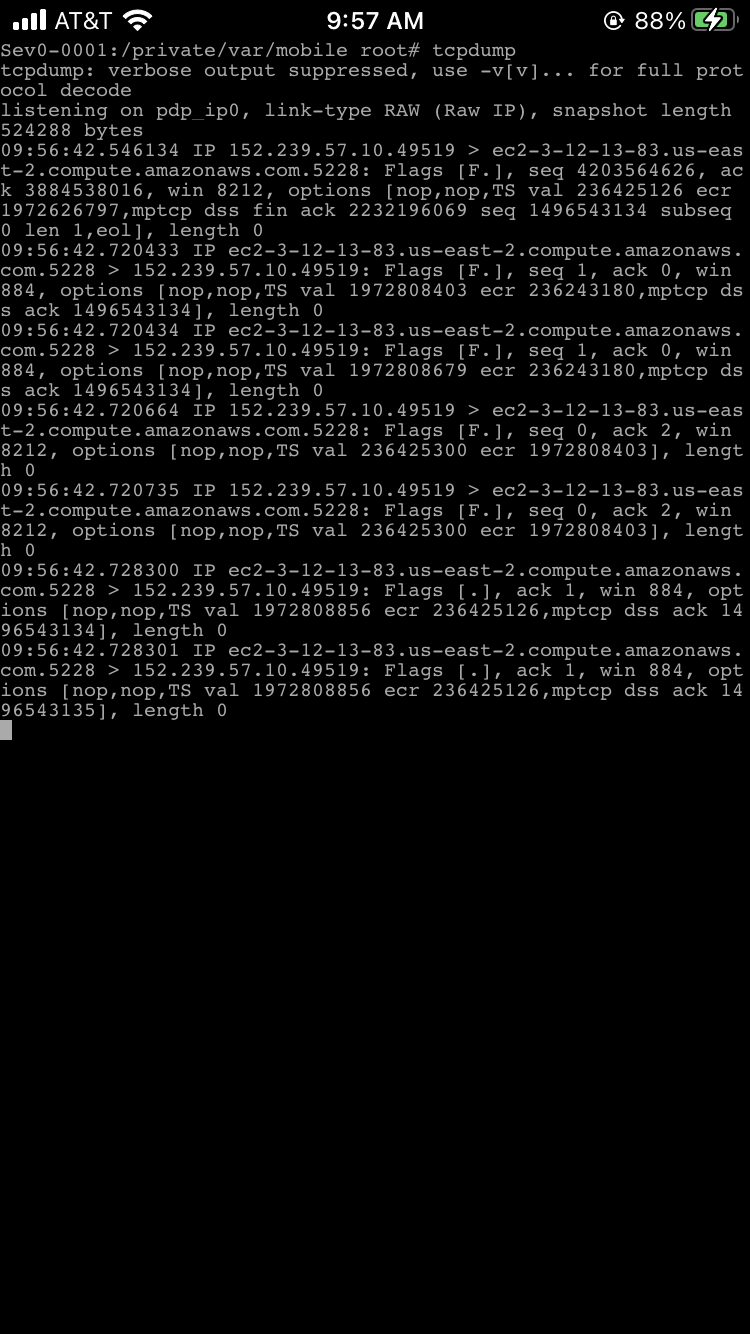Cybersecurity risks are becoming more complex and harder to predict. For businesses, protecting critical data and infrastructure is a top priority, but identifying and addressing potential vulnerabilities can be challenging. We offer a robust and comprehensive risk assessment service that follows the NIST 800-30 Risk Assessment Framework, part of the larger NIST Risk Management Framework (RMF). This approach helps organizations not only identify and manage cybersecurity risks but also meet compliance requirements and protect their assets effectively.
NIST offers a comprehensive suite of frameworks that complement NIST SP 800-30 to provide a more holistic approach to risk assessment and management. While SP 800-30 is the primary guide for conducting risk assessments, frameworks like SP 800-37, SP 800-39, and SP 800-53 provide broader risk management structures, security controls, and continuous monitoring strategies that can be used alongside SP 800-30 to build a stronger security posture.
By leveraging these frameworks, organizations can ensure they are not only identifying risks effectively but also managing and mitigating them with the appropriate controls and strategies.
Our NIST-Based Risk Assessment Methodology
Severity Zero’s risk assessment methodology adheres to the guidelines of the NIST Special Publication 800-30. The NIST framework provides a structured and detailed approach to evaluating potential risks and their impact on your business operations. Here’s a step-by-step overview of how we assess and manage risks using this trusted framework:
- Asset and Threat Identification
The first step is identifying and categorizing all critical assets in your environment. These assets include everything from your IT infrastructure (servers, networks, and devices) to applications and sensitive data. We then map out potential threats that could target these assets, including external attacks (e.g., phishing, ransomware), internal vulnerabilities (e.g., misconfigurations), and natural disasters or hardware failures. - Vulnerability Identification and Analysis
Our team uses advanced tools and techniques to identify vulnerabilities across your systems. Following NIST SP 800-30, we assess factors like misconfigurations, outdated software, and weak access controls. This process enables us to create a detailed threat landscape specific to your organization, highlighting potential weaknesses that could be exploited. - Risk Assessment (Likelihood and Impact)
With vulnerabilities identified, we use the NIST framework to estimate the likelihood of each risk being exploited and the impact it would have on your business. We evaluate both quantitative and qualitative factors to provide a complete picture of potential risks, categorizing them as low, medium, or high. This risk rating helps you understand which issues are most pressing and require immediate attention. - Risk Response and Mitigation
Based on the severity of the identified risks, we develop tailored mitigation strategies, aligned with NIST’s guidance. These can range from patch management, enhancing access controls, or adopting more advanced security strategies like Zero Trust Architecture. Our focus is on reducing risk to an acceptable level while keeping business operations efficient. - Monitoring and Continuous Assessment
Risk assessment is not a one-time event. After implementing mitigation strategies, we help you establish continuous monitoring programs to track new risks and emerging vulnerabilities. This ensures that your risk management stays dynamic and adaptive to the evolving threat landscape.
Benefits of a NIST-Based Risk Assessment
By using the NIST SP 800-30 framework, Sev0 ensures that your organization benefits from a structured and effective approach to risk management. Here are some of the key advantages:
- Proactive Threat Identification: Detect vulnerabilities before they can be exploited, reducing the risk of costly breaches.
- Regulatory Compliance: The NIST framework is widely recognized and helps you meet regulatory requirements such as HIPAA, GDPR, and CCPA.
- Data Protection: Ensure that sensitive data, whether at rest or in transit, is protected from unauthorized access.
- Cost-Effective Security: Address risks before they become critical, reducing the potential financial impact of a breach or incident.
- Operational Continuity: Minimize the likelihood of business interruptions by proactively addressing high-priority risks.
Enter Severity Zero
At Severity Zero, we believe that effective risk management is essential for any organization seeking to navigate today’s complex threat environment. Our NIST-based risk assessment methodology provides clear insights into your vulnerabilities and delivers actionable strategies to mitigate risks and strengthen your cybersecurity posture.
Ready to take control of your cybersecurity risks? Contact Severity Zero today and learn how our NIST 800-30 risk assessment can protect your business from evolving threats.







